Our second week in France after the Barge
After a great lunch, having the world famous cassoulet in Castelnaudary, Paul, Sue, Sandee and I moved northward towards the Cahors region and settled in a cluttered B&B in the beautiful village Puy l'Eveque alongside the river Lot from where we took rides towards wineries, sampling their wares. The Malbec wines of the Cahors have always been high on my preferred list of everyday drinkable wine.
The best stop we made was in a Winery called Domaine du Cause on Sunday when most wineries were closed. But the owner Serge Costes, who was in a former life an engineer with Michelin Tires, had married into the family and now ran the business alongside his wife Martine and his 80 plus year old father in law. Their 15 hectares/ 37 acres of vines produced predominately Malbec wines which are exported to, for example, the Netherlands.
We especially liked his Ratafia fortified wine. But his genuine open kindness in showing us around and telling his stories made the visit one of those memorable days.
There are many castles in France and we visited in the neighborhood the Chateau de Bonaquil, a 13th century defensive site nestled on a steep rocky promontory, that saw action during the Hundred Year War with England, fighting on the side of England. The present castle, many times laid to ruin and rebuilt, is in reasonable condition and is now owned by the village below and exploited by them as a tourist attraction.
The other mentionable visit was the cave Gouffre de Padirac, which is considered to be the most famous cave in Europe, where one descends by elevator and stairs 103 meter/ 338 ft down, only really realizing the measure of the depth when looking up from the bottom of a large pit towards the sky. And then we need to descend further underground to a subterranean river, where visitors are rowed towards underground galleries with for example a 60 meter/ 365 ft high stalactite called the Great Pendant or marvel at a 94 meter/ 571 ft high Dome, providing amazing views and colors.
(We encountered a collection of classic MG's)
Besides delving into the 1000 year history of the Fortress and Keep and Barbican of the town of Loches, we enjoyed driving the undulating countryside and visited the most amazing gardens of Villandry one of the last great chateaux built along the banks of the Loire during the Renaissance around 1536.
(A salmon that did not make the jump in the gardens - a fake?)
At the beginning of the 20th century the then Spanish owner Joachim Carvallo discovered the remnants of the original Renaissance gardens, and he made it his life's work to restore them. They were there for us to enjoy for several hours.
The pictures will show you examples of the Ornamental garden, the Water garden, the Sun garden, the Vegetable garden, Maze and Herb garden, whereby you must try to imagine walking it between 1550 and 1650, when there were no cars, trains, planes, radios, tv's and cameras. All one had in those days was an opportunity to take in that beauty and telling the story of what you had seen and smelled that day or week, when you were privileged to saunter though these gardens.
We thank Paul and Sue for "making us" take this grand trip with them and charge them to conjure up another unforgettable trip in the near future.
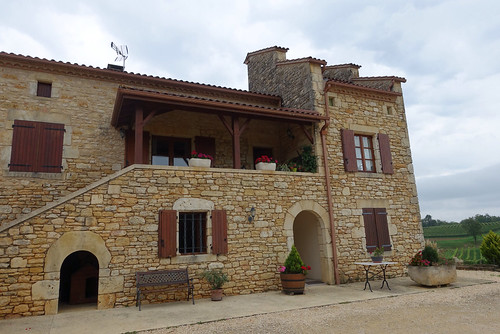


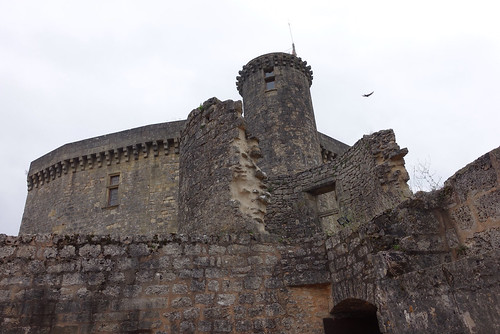

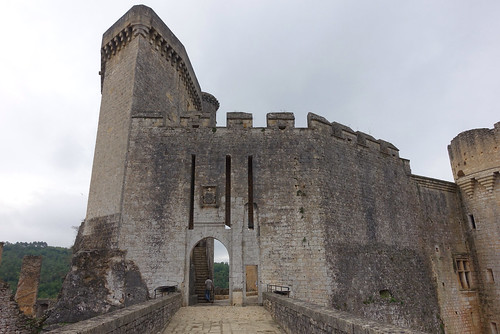
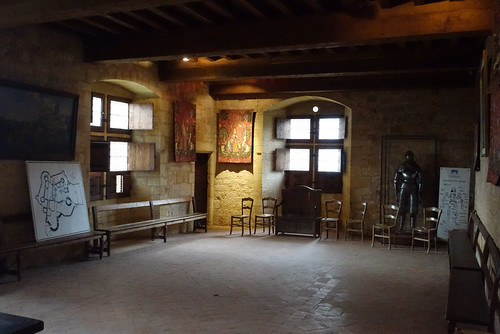


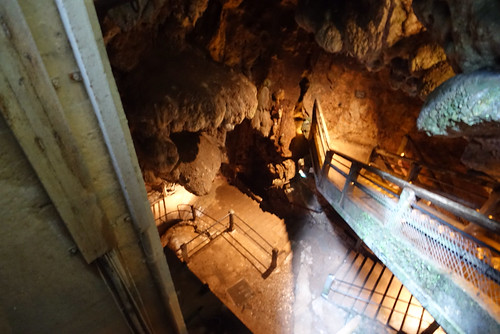
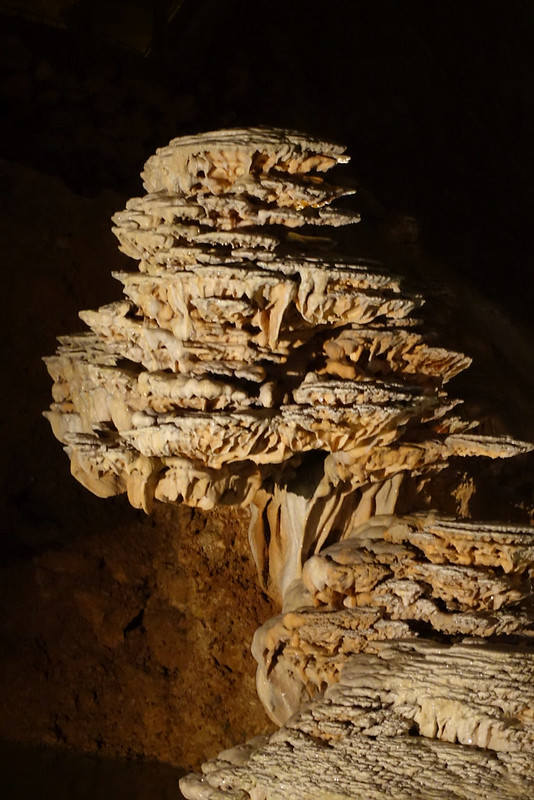
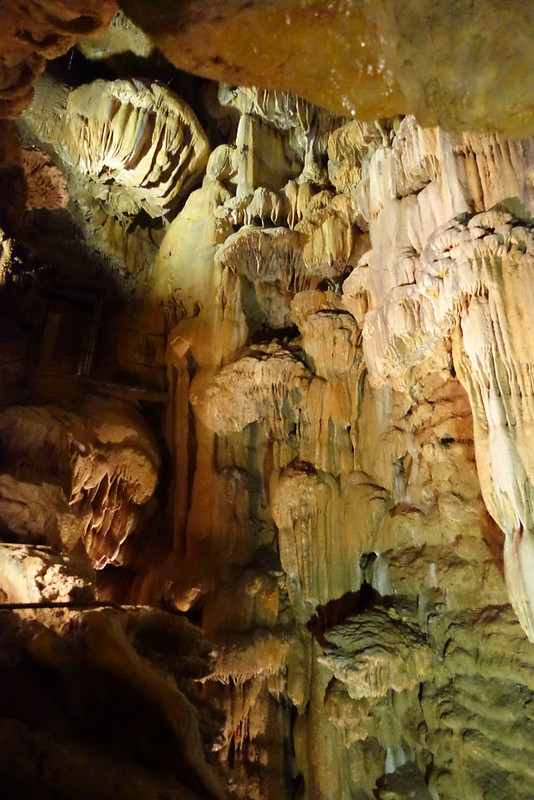


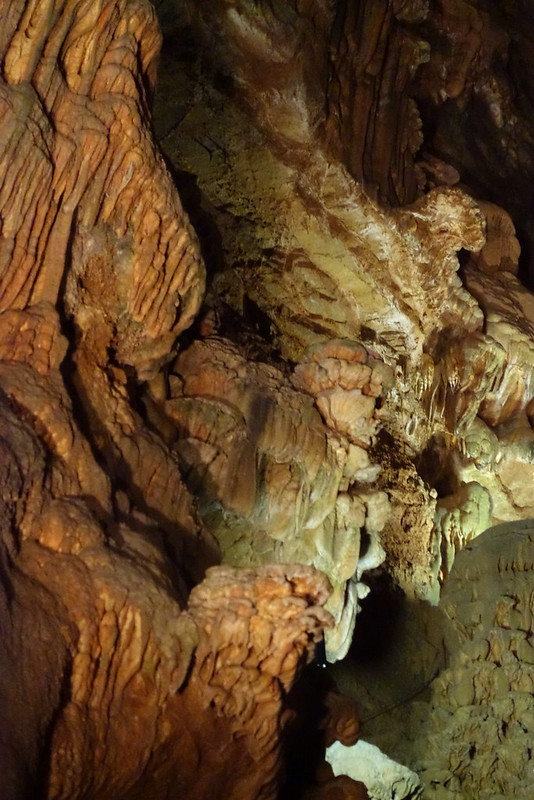
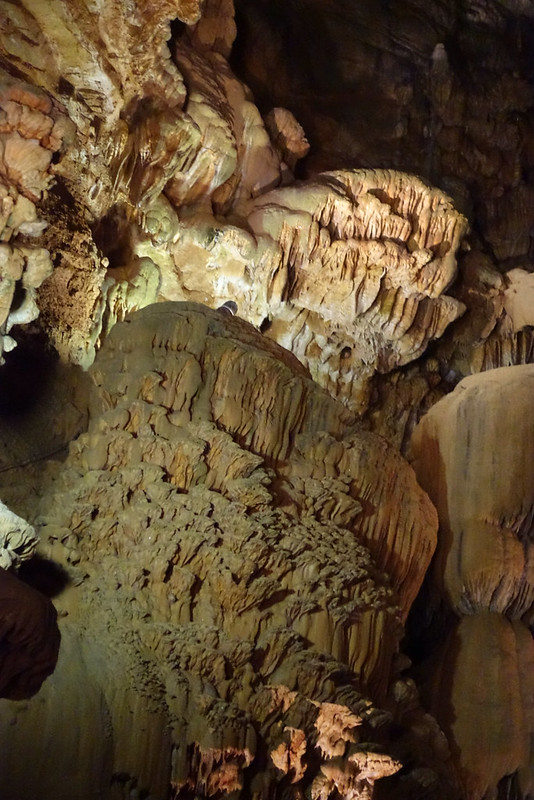
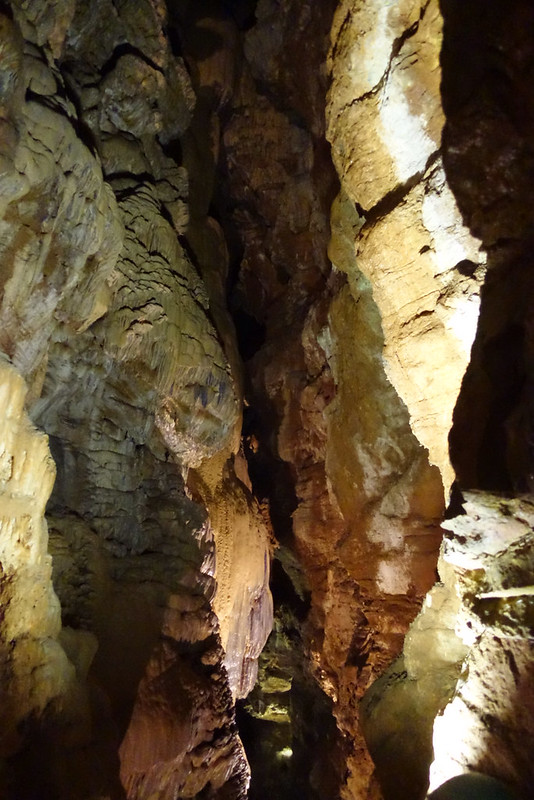
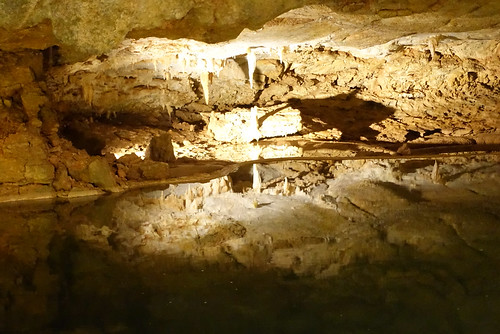


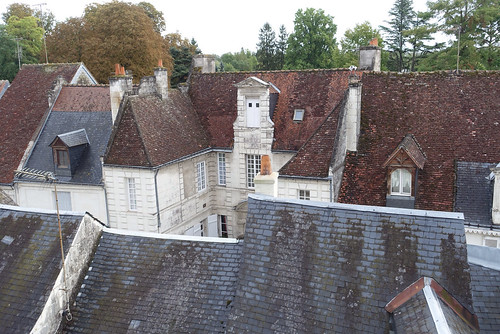
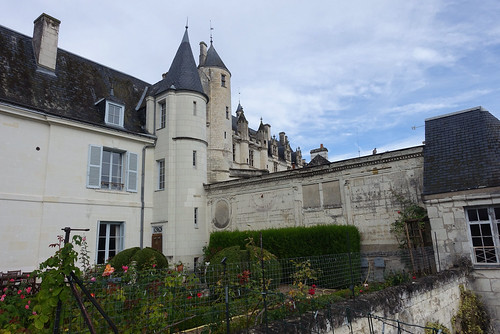

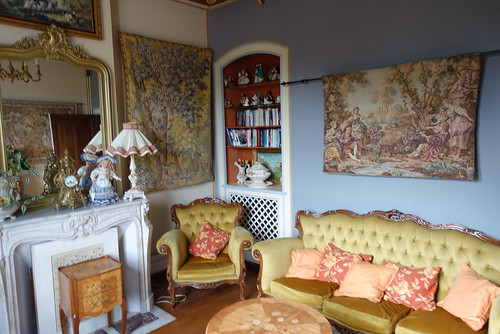

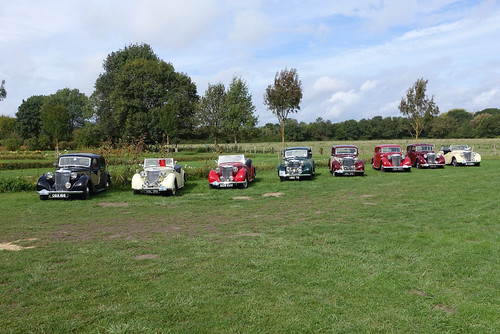
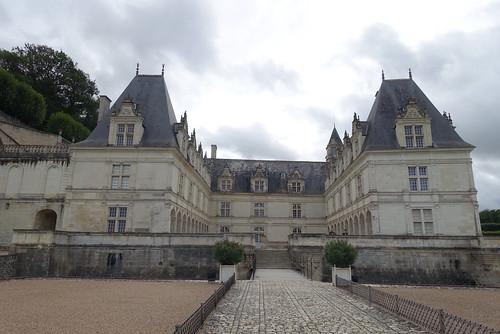
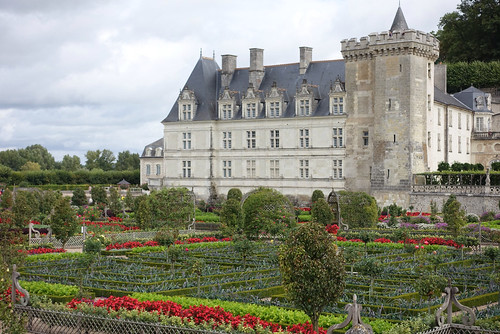


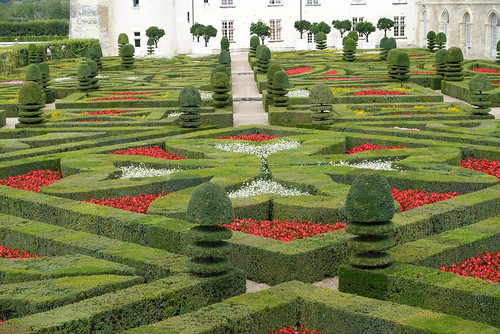
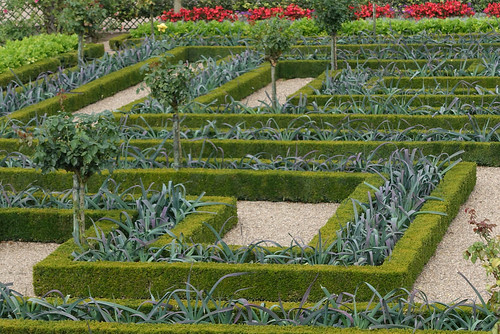
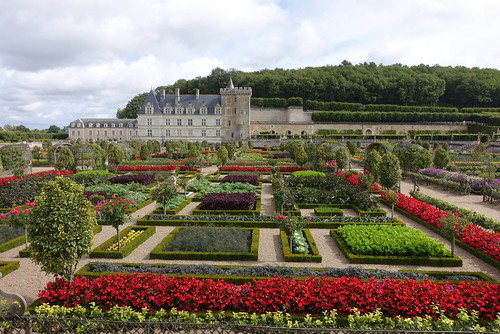
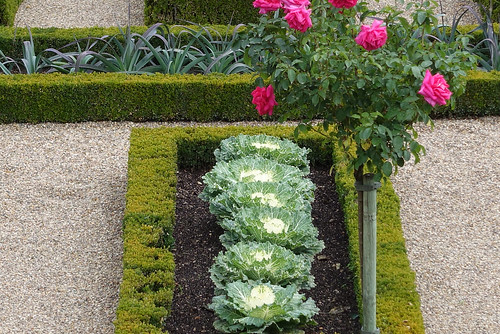



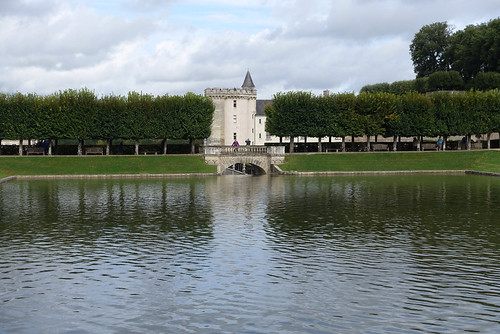
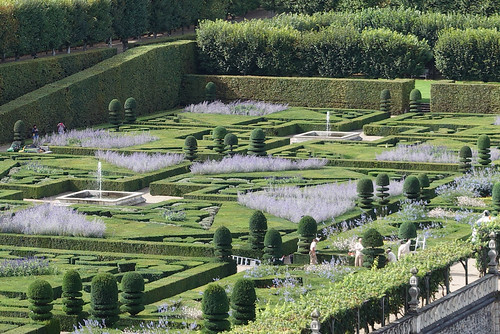


Comments
Post a Comment